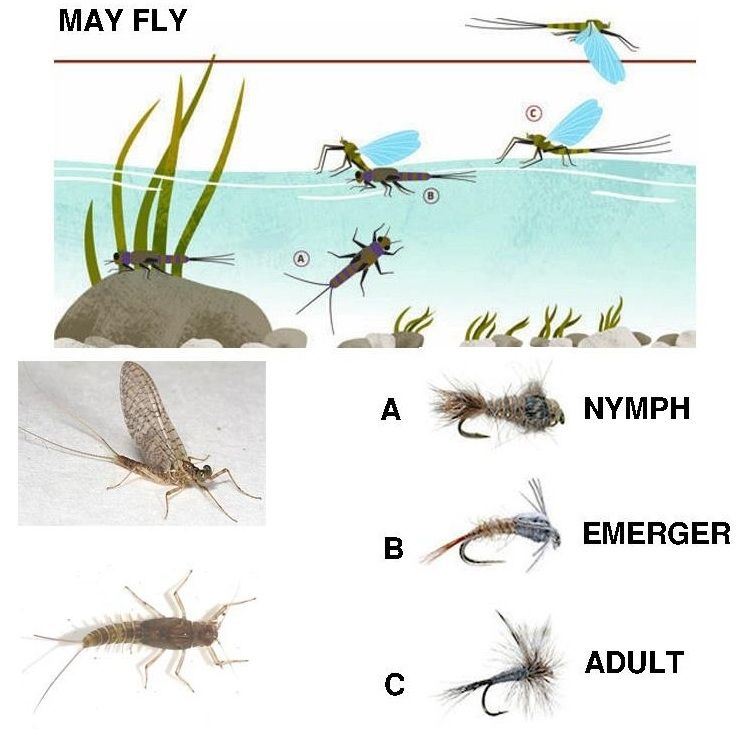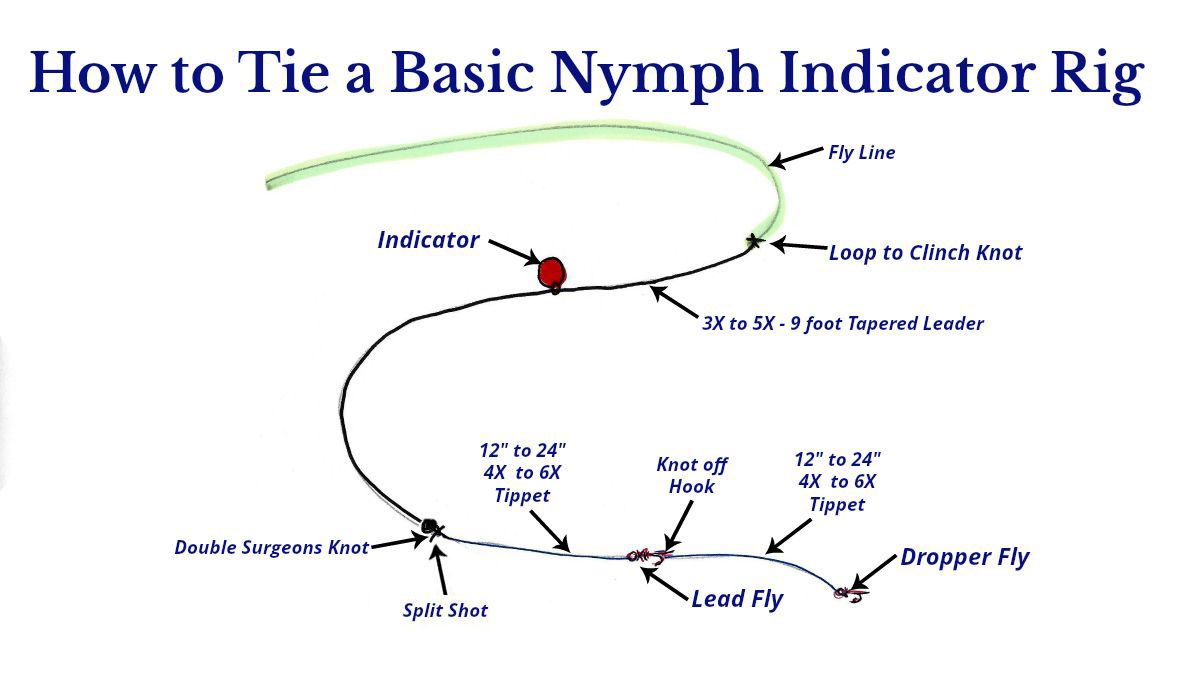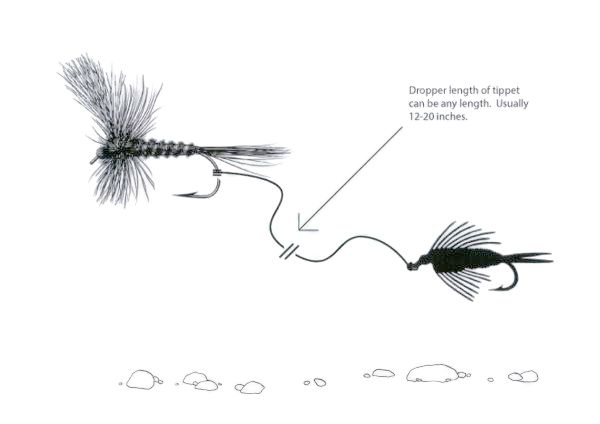The San Juan is a river that presents both challenge and tremendous opportunity to the Fly Fisherman. You can catch fish with many methods and without extensive fly fishing skills, but your overall fly fishing skill and willingness to recognize the current conditions and adapt to them will determine how many fish you catch. During a day various parts of the Quality Water will present different angling opportunities, so what is happening on one part of the river may be different than what is happening upstream or downstream. Dry fly fishing may be great in one location for a while but not successful upstream or downstream. This is the nature of fly fishing, to be successful on a consistent basis we need to fish imitations to trout that mimic the naturals that they are feeding on at the time.
To be a successful fly fisherman it helps to look at the river from a trout's perspective. Trout need regular access to food, shelter from predators and protection from heavy currents. In rivers trout do not generally have to pursue food as a moderate current will bring the food produced upstream to them. When trout are interested in feeding, they will often move from sheltering lies to feeding stations located in moderate currents, riffles, tailouts, or along current seams. A trout positioned next to a current seam can maintain position relatively easily in slow current but quickly move into faster water to intercept a food item and then return to slower water. Riffles are not always heavily populated with trout, but when there is food available fish move into riffles and hold behind or in front of rocks or in bottom depressions and then move to capture food items. They cannot hold for long in heavy current but will move into faster water to take food items and then retreat to current relieved positions. Protection from predators is important also and comes from their natural camoflage, depth and avoidance of brightly lit areas. While fish are actively feeding you can fish for them at their feeding stations, when they are not actively feeding you will need to fish for them where they seek cover, depth, predator and current relief. The San Juan presents many different water types including riffles, runs, deep runs, pools, slow pools, flats, tailouts, shallow estuaries and some pocket water. At some point in each day most of these areas can be successful, but you will need to adapt your techniques to match the water speed, depth, clarity and season.
Trout feed on naturals at different depths. When there is a hatch on trout will feed on rising pupal forms as they ascend to the surface to morph into adults. Some of these naturals rise with the help of gas bubbles trapped in their shuck, while others are active swimmers. During hatches, emerger patterns of different types can be successful at several depths, especially if there is an upward movement simulating a rising pupal emerger. Emerging pupal naturals are often at their most vulnerable when they get close to the surface, as they have not yet shed their pupal shuck. Trout feeding on these emergers just below the surface will often create a visible riseform, the dorsal fin or tail may be visible on the surface but the head usually is not. These rises to Midge and mayfly emergers are generally slow, deliberate rise forms as the trout does not need to be in a hurry to get the bug. Rises to Caddis emergers and adults are different - these bugs are mobile and trout often leave fast, spashy rises when pursuing caddis. Once a hatch is over the surface and most of the water column have fewer food opportunities for trout. The water column will still contain drifting naturals such as larva and pupa, but in smaller numbers than during a hatch. Trout will sometimes cruise the water column and just under the surface looking for targets of opportunity between hatches, but you are generally more likely to find them in their sheltering lies, usually next to the bottom, behind a rock or in a depression. During hatches, when fish are feeding on rising pupa, emergers or adults, you can catch a lot of fish in a short period of time by matching the hatch. The San Juan generally has reliable Midge hatches, one during mid morning and the other in the afternoon or evening. Baetis generally hatch in late morning or early afternoon and are more prolific on overcast days.



